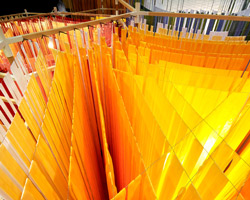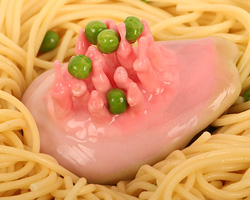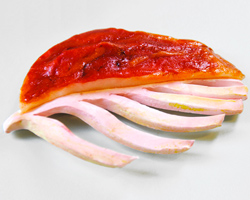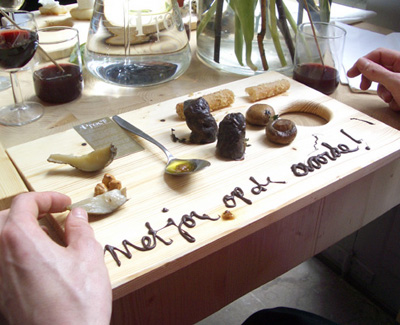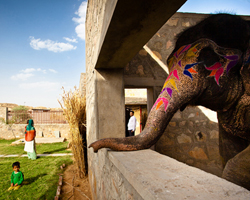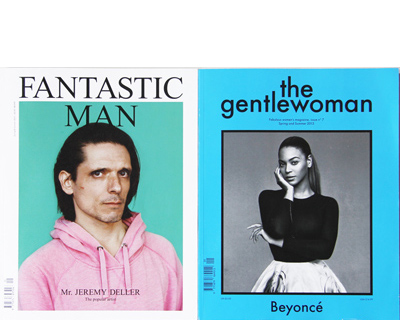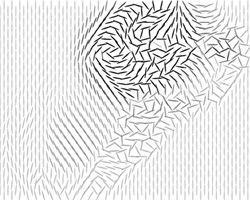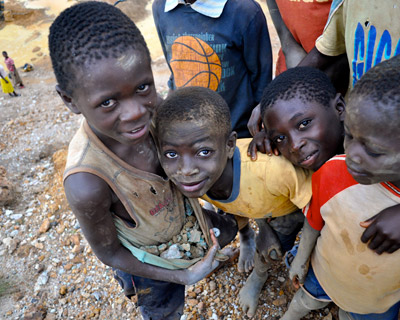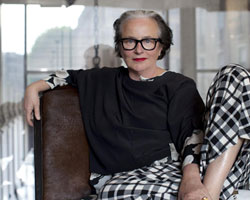KEEP UP WITH OUR DAILY AND WEEKLY NEWSLETTERS
PRODUCT LIBRARY
explore the design and architecture of the paris 2024 olympics, as well as the city shows coinciding with the games.
connections: +610
TERRA COSMOS deciphers new desires and expectations of consumers in search of awe-inspiring experiences through a vision of the future.
connections: 1
as visitors press the keys, a gooey liquid is brought to life, dancing hypnotically in sync with the chilling tunes.
connections: +250
watch iF Design's panel - power of place - livestreamed and moderated by designboom during NYCxDesign 2024.
connections: 90
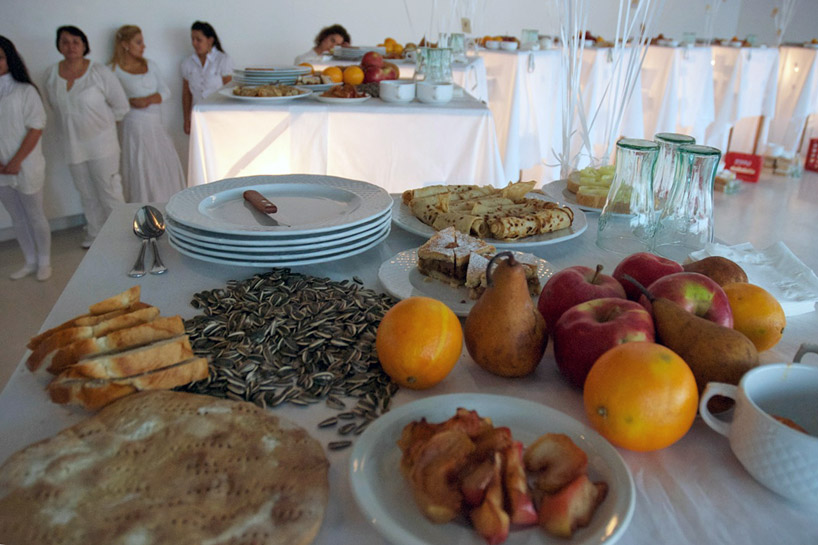
 view of the ten private installations
view of the ten private installations
 some of the foods prepared
some of the foods prepared each woman shared a selection of foods with personal meaning to her, telling stories as she fed her guest
each woman shared a selection of foods with personal meaning to her, telling stories as she fed her guest
 recalling a childhood playspace, the interior of the tents were decorated with drawings and texts, as well as a roll of paper towels for use
recalling a childhood playspace, the interior of the tents were decorated with drawings and texts, as well as a roll of paper towels for use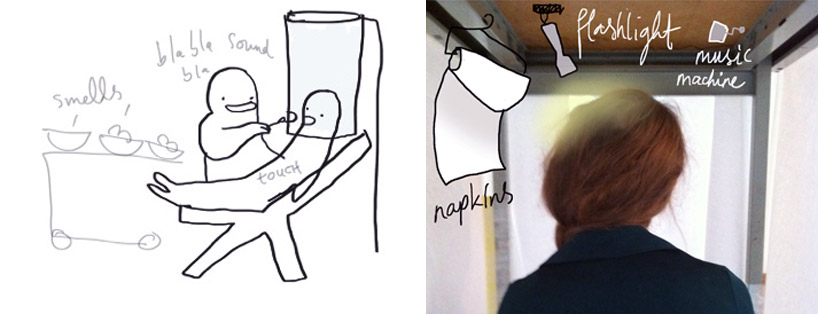 concept sketches for the project
concept sketches for the project concept diagrams for the tent
concept diagrams for the tent
